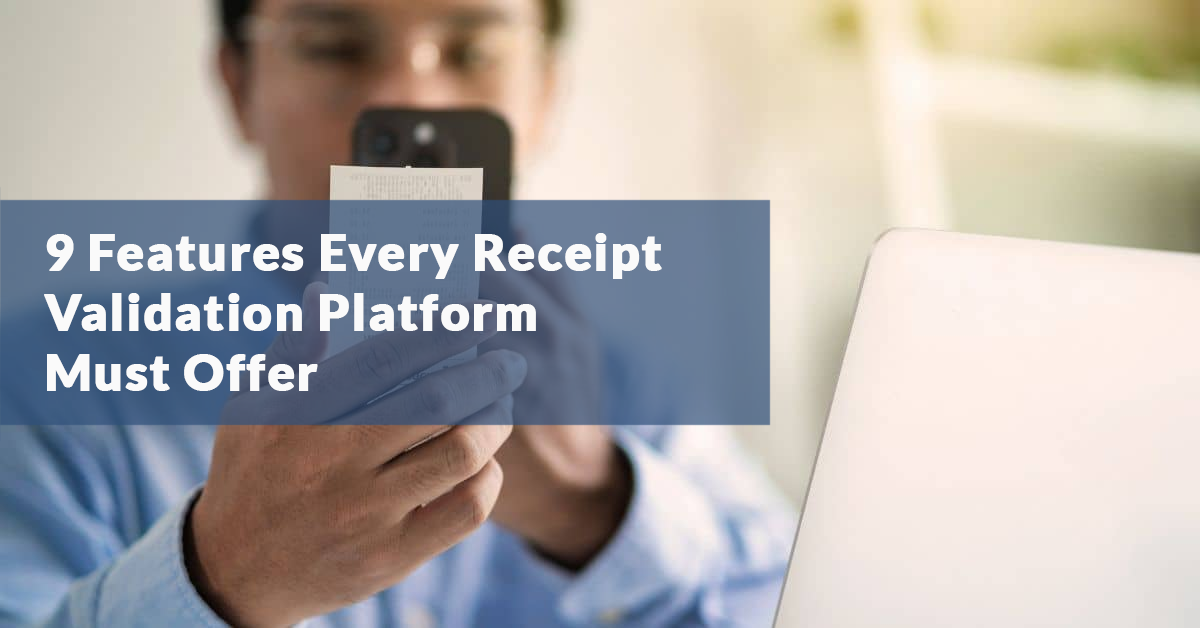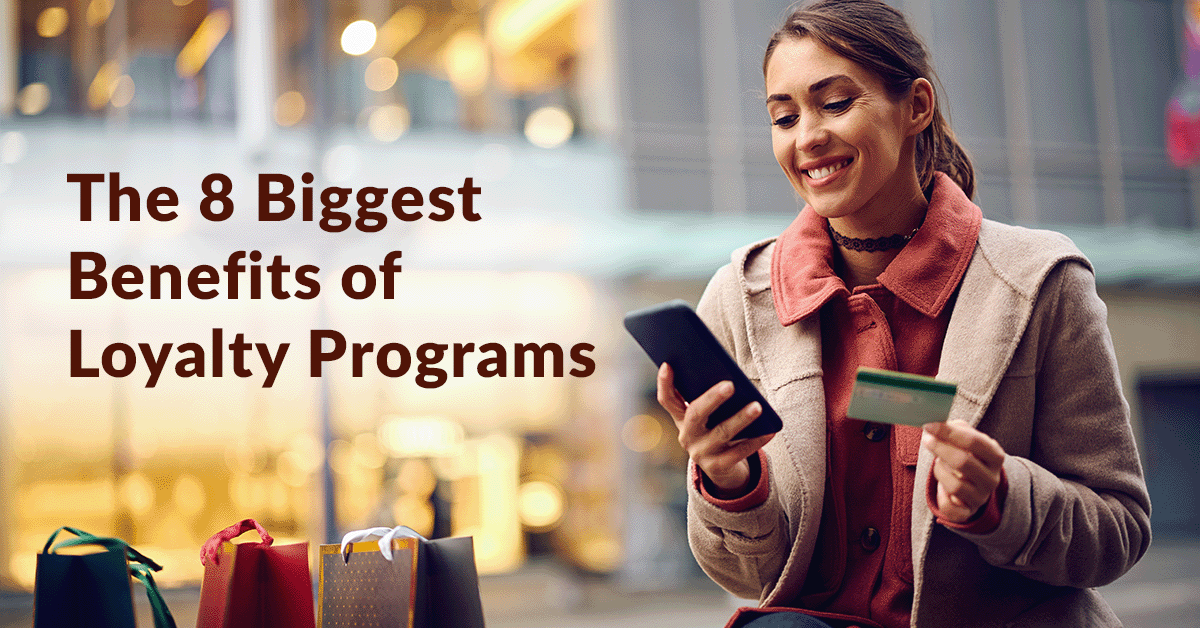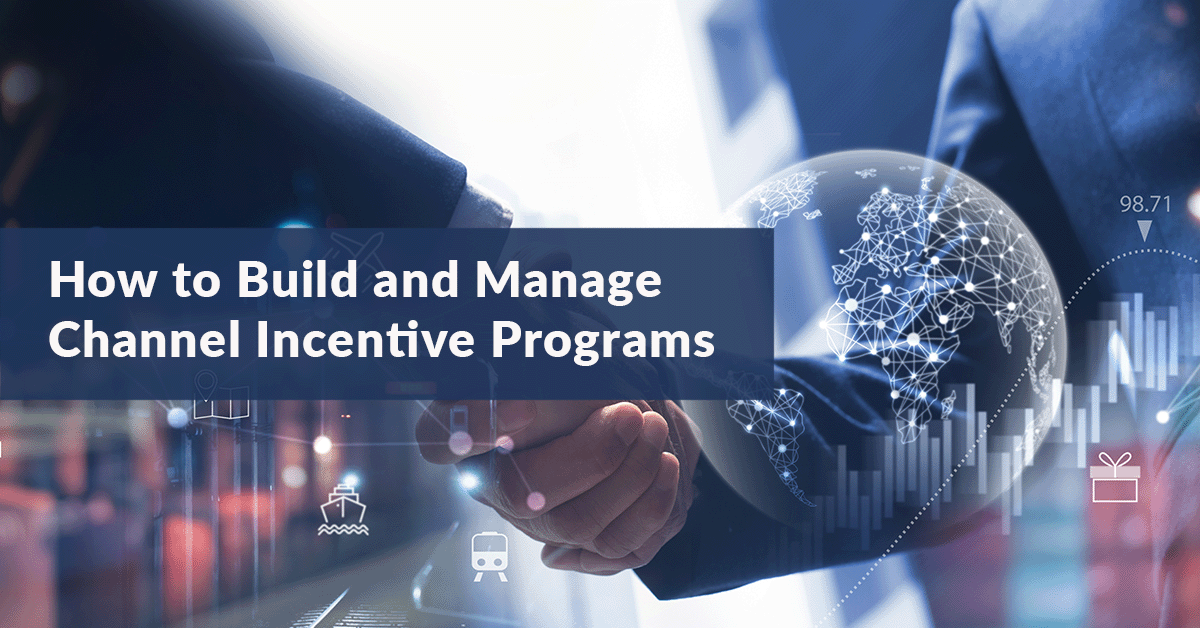The Fast-Moving Consumer Goods (FMCG) industry is constantly evolving, and brands are continually looking for ways to drive sales and foster brand loyalty. One approach is to use shopper marketing.
FMCG shopper marketing is a specialized type of marketing focused on understanding and influencing consumer behavior at the point of purchase. Unlike traditional marketing, which often emphasizes broad brand awareness, shopper marketing focuses on shoppers' specific needs, motivations, and behaviors in retail environments.
Effective shopper marketing strategies have become indispensable in capturing consumer attention and influencing purchasing decisions. But before you run out and start implementing your own shopper marketing strategy, take some time to understand what tactics and technology are most effective, the challenges you’ll face (and how to overcome them), and what’s in store for future FMCG shopper marketing.
What’s Influencing the Importance of FMCG Shopper Marketing?
Shopper marketing is a strategy used in all industries but has become very important in FMCG. Not only is competition high for fast-moving consumer goods such as packaged goods, health and beauty, household cleaning supplies, over-the-counter medicines, and highly perishable goods, but consumers are more budget-conscious than ever, thanks to inflation.
Many consumers have also become more aware of growing environmental challenges and look for brands that implement sustainability practices in their supply chains. Fifty-three percent would use a brand or store less often if they found out it wasn’t operating sustainably. In another study, 8 out of 10 people would pay up to 5% more for a sustainably produced product.
Consumers are changing in other ways, as well. The lasting effects of a global pandemic that forced people to stay in their homes has influenced a multi-billion-dollar ecommerce industry and given consumers options for where and how they shop for FMCG products.
And then there's the market itself. FMCG is a huge market, and the competition is fierce. For example, the global online grocery market was US $50 billion in 2022 and is expected to grow at a CAGR of 26.8% from 2023 to 2030. Every brand is vying for a piece of the consumer's wallet and is doing anything possible to get it.
The Strategies and Tech That Drive Shopper Marketing
So how do FMCG brand use shopper marketing to help drive sales? There are different types of strategies, depending on whether you are dealing with in-store or online. These strategies are specifically designed to remove as many barriers to buying a product as possible, particularly close to or at the point of purchase.
Shopper Marketing Strategies In-Store and Online
In-store strategies focus on packaging, shelf positioning, sampling or demos, ambiance (lighting, music, displays), sales, and coupons. Capturing a consumer’s attention through sendory experiences is a popular tactic. For example, brands set up kiosks in-store and cook a product live, giving samples to customers as they shop. Customers sample the product and accept a coupon to purchase it at a discount. This approach also works for sampling cosmetics and other beauty products like lotions and face creams.
Shopper marketing promotions are a great way to drive seasonal sales. So tying promotions to key windows like back to school, valentine’s day, grilling season, the holidays and major sporting events are a key strategy and a great usage of promotions, including contests and sweepstakes.
Another popular in-store FMCG shopper marketing strategy is pop-up stores, where a brand sets up a store for a short period (e.g., a couple of days or a week) and invites customers to buy limited-quantity products at a discount.
Online strategies include promotions such as digital contests, sweepstakes, gift with purchase (GWP), social media and influencer marketing, email marketing, and ecommerce optimization. Brands set up contests or sweepstakes that give consumers a chance to win one or more prizes by uploading a receipt or filling out a form. GWP is similar in that the consumer makes a purchase and then uploads a copy of their receipt to receive a gift, such as a gift card or a sample product.
Social media marketing is perfect for FMCG shopper marketing. In 2023, sales through social networks accounted for 18.5% of total global online sales. In 2024, global revenues through social media platforms are forecasted to reach US$700 billion.
Social media marketing is not only for millennials or Gen Z; a recent study found that older consumers use more social media apps and ecommerce websites, creating opportunities for brands. A brand can partner with a social media influencer and have them sample or demo a product to their followers, offering their opinions and providing a coupon code to buy the product at a discount. Brands can also use their social media channels to promote contests and sweepstakes and demo their products (again offering some coupon or discount to purchase the product). Utilizing user-generated content (UGC) as part of a contests or sweepstakes are a powerful way to generate more awareness for the promotion, as connections or followers of your audience will see their content including your FMCG brand image or name.
Ecommerce optimization is also an essential shopper marketing strategy. If the goal is to make purchasing a product close to the point of sale easier, then ecommerce sites can offer special offers or do additional promotions in the shopping cart and during the checkout process. For example, if a customer adds ground coffee to their cart, an offer for coffee filters could appear, enabling them to add the filters to their cart.
Shopper marketing tactics such as showing recommended products based on current and past online shopping are often used, as are subscriptions that enable a consumer to subscribe to automatically receive the product regularly and get a discount on that product in the process.
Then, there are strategies that combine in-store and online tactics. Think email marketing, which announces sales that you can get while you are in-store. Or sweepstakes or coupons available on the shelf, including a website URL to submit your entry or get an automatic discount coupon.
Shopper Marketing Technology and Innovations
What drives successful FMCG shopper marketing? It’s all about knowing your audience and understanding their preferences and behaviors. To do that, you need data analytics technology.
Data analytics technology enables you to bring together all the data you have on your customers and audiences, including in-store and online sales data, website and mobile app visits, loyalty program data, marketing and advertising data, promotions data, and more. You can then leverage AI and machine learning to analyze the data, start segmenting audiences by specific locations, behaviors, or preferences, and deliver highly targeted marketing messaging and promotions.
You can also use AI and machine learning to help personalize customers' online experience as they shop on the brand website, including personalized recommendations, chatbots, and virtual assistants. You can also provide personalized offers via email or SMS marketing.
Live Commerce is another growing shopper marketing strategy. Live streaming events on social networks offer audiences discounts on products if they purchase them live. In 2022, Facebook led social networks for shoppers purchasing products during live streaming events (58%), followed by Instagram (46%) and TikTok (16%).
Emerging technologies such as AR/VR (augmented reality/virtual reality) are gaining popularity in shopper marketing because they allow a brand to provide an immersive experience for customers by using virtual reality headsets or smartphones. Warby Parker allows customers to try on glasses by using its mobile app. Ulta provides virtual rooms where you can try makeup and hair colors.
AR smart mirrors are an innovation that brands use in-store to engage customers. H&M's smart mirror allows customers to take a selfie that is applied to a magazine cover. A QR code allows the customer to download the cover and includes a request to sign up for their newsletter and get 20% off their next purchase.
These are only a few examples of how shopper marketing technology can help brands create marketing campaigns that reach customers and audiences at the right time and engage them in the right way.
M&M’s was looking to create an exclusive promotion at Circle K to reward consumers with a variety of road trip inspired instant prizes! Snipp developed a register to enter instant win program where consumers could go to the program microsite and register for a chance to win hundreds of Instant Prizes from Circle K Gift Cards, Go Pro's, and Canon and Polaroid Cameras. The customer is entered and verified with a unique email and phone with a 2fa combo and either wins or loses. Snipp managed all backend components of the program including microsite development, entry collection, instant win logic, prize procurement & fulfillment, and reporting. Click here to learn more about this promotion.
Nestle DiGiorno wanted to drive engagement and trials on a new product, DiGiorno Classic Crust at Walmart. To promote trial and engagement, DiGiorno is offering consumers a Walmart e Gift Card for the purchase of any DiGiorno products. Snipp created a gift with purchase program with a sweepstakes overlay where consumers receive their gift cards for Digiorno purchases. Just for participating, consumers are also entered into a sweepstakes to win football-related prizes around the Big Game. Additional sweeps entries can be earned each time they purchase, for referring friends, sharing on social, opting into the CRM and daily microsite visits. Snipp handled the program end-to-end including UX, creative, program development, legal and prize fulfillment. To learn more, click here.
Mattel was looking to create an exclusive program at Target tied to their WWE 2K24 partnership and centered around Wrestle Mania. They needed a way to validate consumer purchases and to reward them with in-game content.
Snipp developed a purchase-based program where consumers who purchased any qualifying Mattel WWE products at Target (in-store or online) could go to the program microsite and upload their receipt to get an exclusive in-game content skin for WWE 2K24 – a Hulk Hogan character! Click here to learn more.
Various factors, including technological advancements, changing consumer behaviors, and emerging market trends, influence the evolution of fast-moving consumer goods shopper marketing, with particular attention to the following:
As brands continue to evolve their shopper marketing strategies, they must pay attention to all these factors and adapt their strategies as necessary.
To learn how Snipp can help your company with contests, sweepstakes or other types of promotions, contact us here for a consultation.









